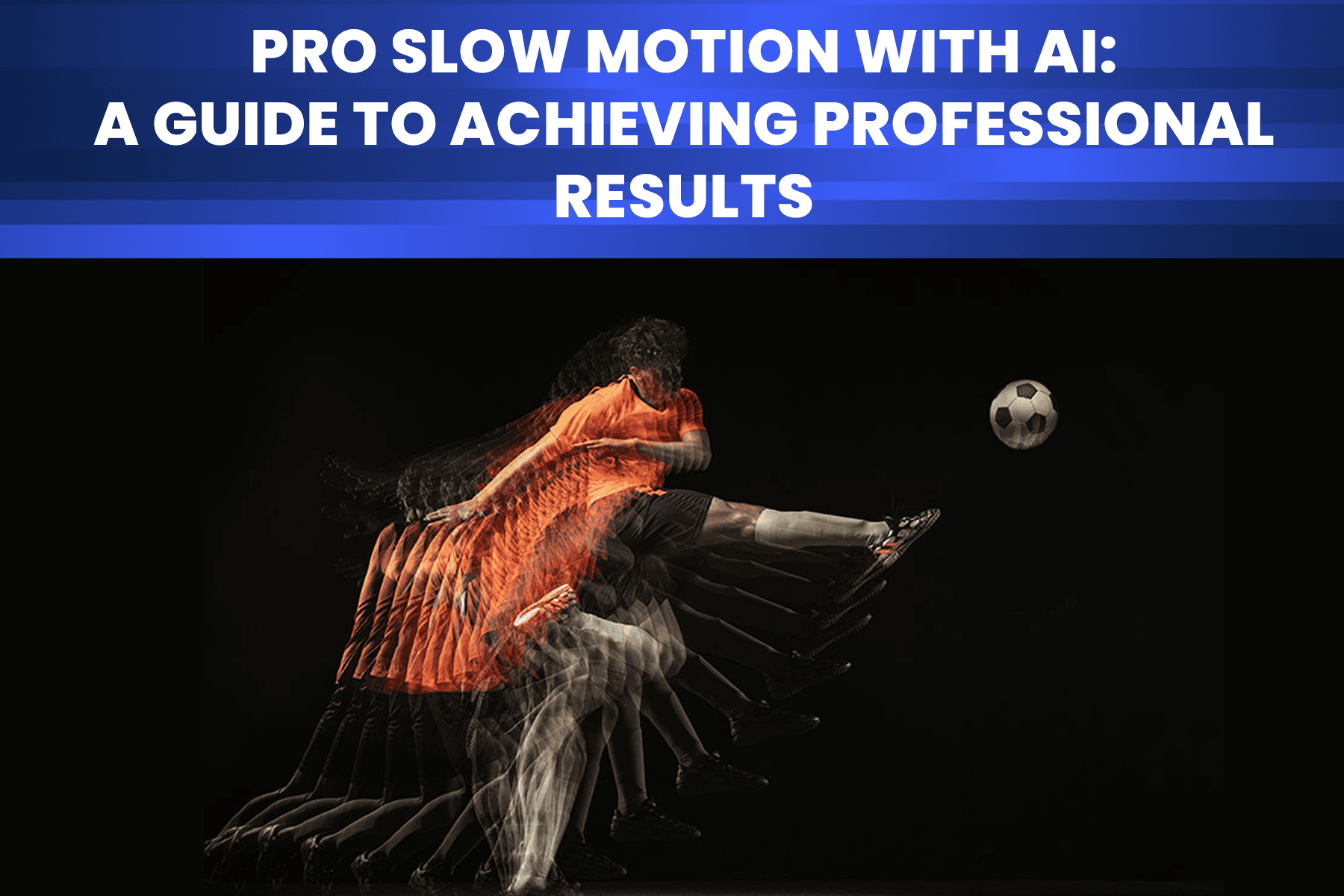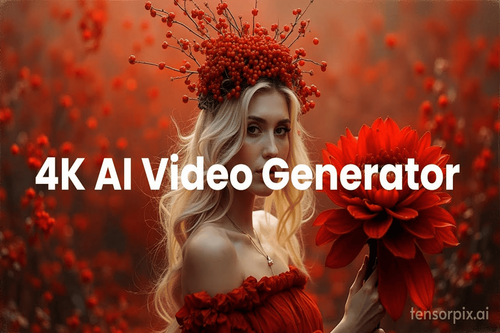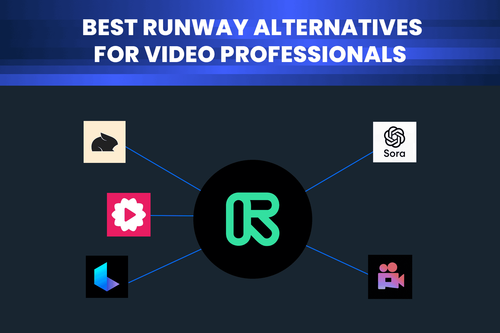Slow motion is a powerful technique used across various industries—from filmmaking and music videos to contemporary art, aiming to emphasize key moments. Leveraging AI video enhancers for slow motion not only saves time but also enhances the final output. However, achieving professional quality results depends on understanding the technology and how to use it effectively. Here is what you need to know to achieve professional results with AI.

Understanding the slow motion technique
Slow motion simply means playing back a video at a slower speed. While the concept is straightforward, using it effectively requires finesse. When applied correctly, slow-motion sequences can transform ordinary footage into stunning visuals, particularly in social media content and cinematic productions.
In filmmaking, slow motion enhances dramatic moments, making scenes more immersive. It can also be used to highlight specific details, drawing the viewer’s attention to crucial elements within a frame.
How AI enhances slow motion
AI technology makes slow motion to employ deep learning algorithms to analyze video content and generate smoother, more polished effects. Let’s learn how AI enhancers create slow motion effects.
Interpolation
When using AI to create slow motion video, you may expect to get abrupt fades within the transitions. This is where interpolation comes handy, providing smoother videos by adding extra frames. As always, the better the AI trained model, the interpolations will be more accurate. This feature lets AI video enhancers create extra frames, ending with the video output without abrupt jumps or similar disruptions.
AI video enhancement
Slow motion effects often work best when paired with other filters within AI video enhancers, also known as upscalers. These tools increase resolution, adjust lighting, and maintain sharpness even as the video slows down. Combining AI pro slow motion with upscaling ensures that frame clarity remains intact throughout the video.
Artefact reduction
One of the biggest challenges in AI pro slow motion is the presence of artifacts, visual distortions such as blurriness or unnatural looking frames. Good to mention, high-quality AI models minimize artifacts by leveraging extensive training datasets and advanced computational power. Investing in premium AI tools ensures better results and more professional looking slow motion videos.
How to make slow motion videos with AI
Once you understand how AI pro slow motion works, the end results can be achieved in a rapid time, which is one of the greatest effects of using AI for making professional slow motion videos. Here is a quick step guide that you can try.
TensorPix Enterprise is designed to support fast workflows when making professional slow motion videos. Log on using the Enhance button. Afterwards you will find an intuitive, step-by-step interface designed to simplify the video enhancement process.
- Upload one or multiple videos.
- In the main toolbar you will find different AI filters, but this time you want to pick AI Slow Motion.
- Preview the results for free to assess quality before finalizing enhancements.
Now, in case you remember, AI video enhancement might come handy as it will additionally add missing pixels to advance resolution size, making the slow motion smoother.
- Up to your personal preference comparing the results, you can opt using 2x Upscale Ultra v3 filter.
- Customize output settings by selecting resolution (HD, Full HD, 2K, 4K), codecs, and file formats in Advanced settings.
- Process and download the enhanced video. You will receive an email notification once the enhancement is complete.
Conclusion
AI technology has made getting the professional slow motion effects more efficient and accessible. Users can expect even greater improvements in the future as AI models continue to be trained and refined daily. The evolution of AI video enhancement promises increasingly seamless and professional quality results, making slow motion an essential technique across various industries.





